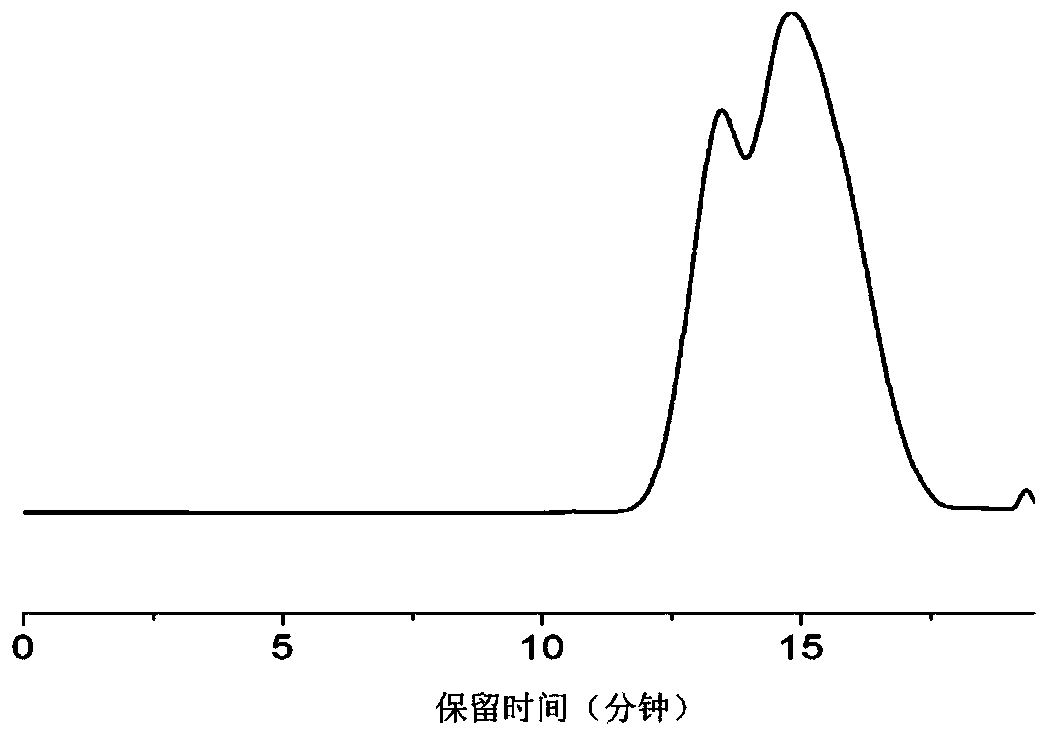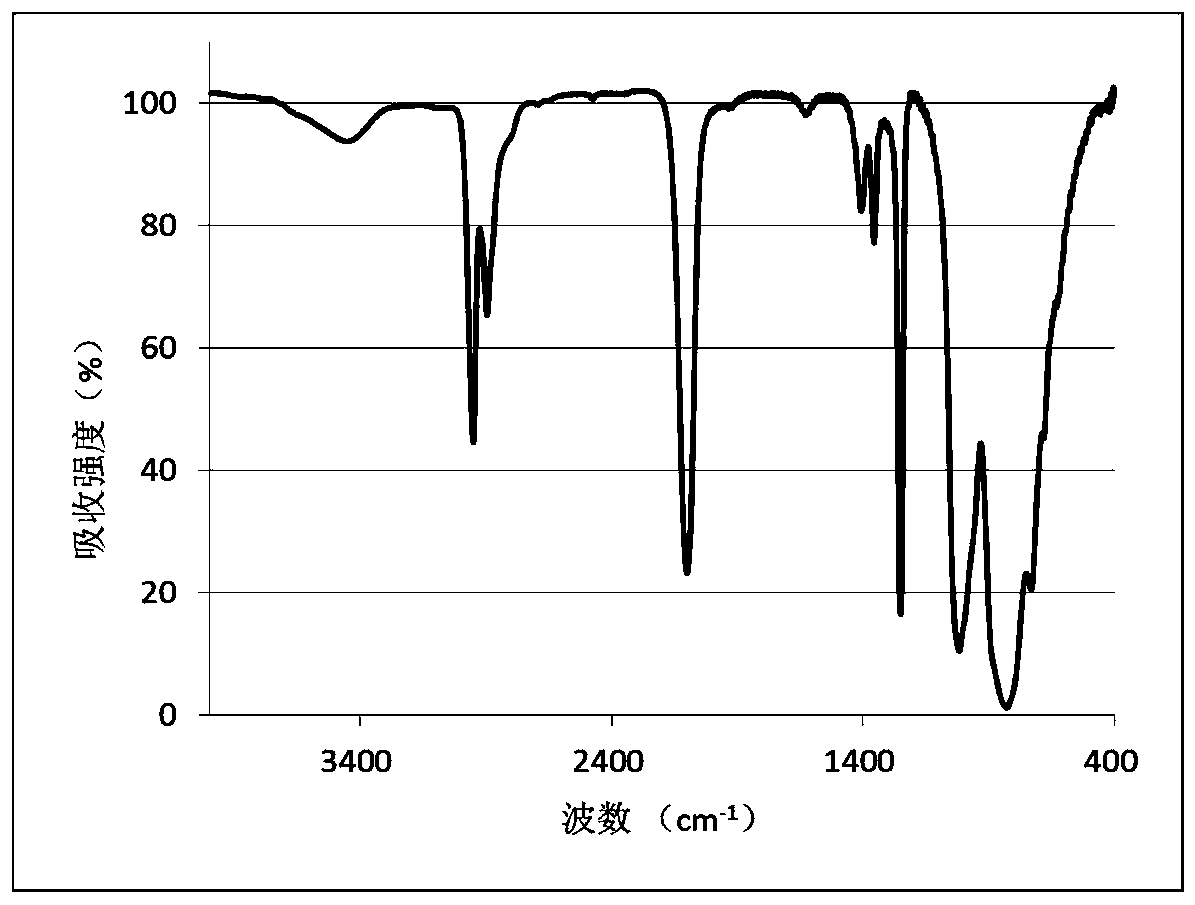Multi-temperature-zone control method for bridging synthesis of high-molecular-weight polycarbosilane
A technology of polycarbosilane bridge and high molecular weight, which is applied in the multi-temperature zone control field of high molecular weight polycarbosilane bridge combination, can solve the problems of low cost, complicated process, and low actual production efficiency, and achieve short time and atom economy The effect of good performance, reducing time cost and economic cost
- Summary
- Abstract
- Description
- Claims
- Application Information
AI Technical Summary
Problems solved by technology
Method used
Image
Examples
Embodiment 1
[0055] This embodiment provides a multi-temperature zone control method for high molecular weight polycarbosilane bridging synthesis, comprising the following steps:
[0056] S1: Replace the air in the synthesis unit including the gasification temperature zone, rearrangement temperature zone, liquefaction temperature zone, blending temperature zone and bridging temperature zone with nitrogen with a purity ≥ 99.99%;
[0057] S2: Take 100kg of liquid silane and place it in the vaporization temperature zone, and add 5kg of dimethyldivinylsilane into the mixing temperature zone;
[0058] S3: Heating and controlling the temperature in the five temperature zones respectively to realize vaporization of low molecular weight liquid silane, rearrangement of low molecular weight liquid silane, liquefaction of low molecular weight liquid silane, blending of low molecular weight liquid silane and bridging agent and low molecular weight liquid silane The purpose of bridging; the temperature...
Embodiment 2
[0068] This embodiment provides a multi-temperature zone control method for high molecular weight polycarbosilane bridging synthesis, comprising the following steps:
[0069] S1: Replace the air in the synthesis device including the gasification temperature zone, rearrangement temperature zone, liquefaction temperature zone, blending temperature zone and bridging temperature zone with argon with a purity ≥ 99.99%;
[0070] S2: Take 100kg of liquid silane and place it in the vaporization temperature zone, and add 7kg of divinylsilane into the mixing temperature zone;
[0071] S3: Heating and controlling the temperature in the five temperature zones respectively to realize vaporization of low molecular weight liquid silane, rearrangement of low molecular weight liquid silane, liquefaction of low molecular weight liquid silane, blending of low molecular weight liquid silane and bridging agent and low molecular weight liquid silane The purpose of bridging; the temperatures in the ...
Embodiment 3
[0078] This embodiment provides a multi-temperature zone control method for high molecular weight polycarbosilane bridging synthesis, comprising the following steps:
[0079] S1: Replace the air in the synthesis device including the gasification temperature zone, rearrangement temperature zone, liquefaction temperature zone, blending temperature zone and bridging temperature zone with argon with a purity ≥ 99.99%;
[0080] S2: Take 100kg of liquid silane and place it in the vaporization temperature zone, and add 8kg of methyldivinylsilane into the mixing temperature zone;
[0081] S3: Heating and controlling the temperature in the five temperature zones respectively to realize vaporization of low molecular weight liquid silane, rearrangement of low molecular weight liquid silane, liquefaction of low molecular weight liquid silane, blending of low molecular weight liquid silane and bridging agent and low molecular weight liquid silane The purpose of bridging; the temperature in...
PUM
| Property | Measurement | Unit |
|---|---|---|
| softening point | aaaaa | aaaaa |
| softening point | aaaaa | aaaaa |
| softening point | aaaaa | aaaaa |
Abstract
Description
Claims
Application Information
 Login to View More
Login to View More - R&D
- Intellectual Property
- Life Sciences
- Materials
- Tech Scout
- Unparalleled Data Quality
- Higher Quality Content
- 60% Fewer Hallucinations
Browse by: Latest US Patents, China's latest patents, Technical Efficacy Thesaurus, Application Domain, Technology Topic, Popular Technical Reports.
© 2025 PatSnap. All rights reserved.Legal|Privacy policy|Modern Slavery Act Transparency Statement|Sitemap|About US| Contact US: help@patsnap.com



